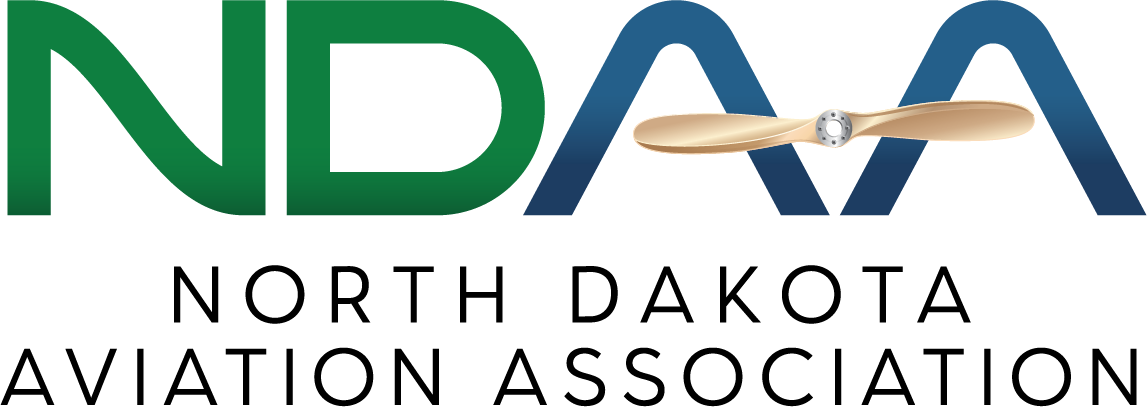The following are the opinions and views I personally follow as an aviator.
Fact: our safety culture, although very robust and ever changing, is very slow to accept that change. Slowly we learn from the mistakes of others and slowly our thoughts on safety and what we really need to do to be safer are progressing towards the zero accident mark, but are we really committing ourselves to the fact that training is what makes us safer?
For years, the professional pilots in the airline and commercial world of aviation have flown through day-to-day operations in some of the most volatile airspace in the world. The cost for surviving these challenges? Training, crew coordination, and critical thinking, as applied to routing and operations, has increased their level of safety to a point only falling short to human error and the pilot’s personal management of that daily process of flight.
Some concepts I would like to bring forward for your thoughts during your next flight or training lesson:
Training involves you and a Certified Flight Instructor (CFI) sitting down and actually discussing what you feel needs to be worked on, with regards to your flying abilities. As the training flight progresses, the CFI then notes and makes a plan with you for correcting any issues found during that flight. Keep in mind that meeting the ACS/PTS standard is only a minimum standard. If you have a bad day, there won’t be enough ability in your bag of tricks to survive your upcoming battle with gravity, which almost always wins!
A Flight Review is just that, a review! Every two years, we go into the local Fixed Base Operator (FBO), grab a CFI, and for an hour or so on the ground and an hour in the air we expect to be signed off as being reviewed.
There is no such thing as a one hour review flight, nor is there such as a one hour ground review training session. Back in 1997, when the Aircraft Owners and Pilots Association (AOPA) worked with the Federal Aviation Administration (FAA) to revise 14 CFR Part 61.56, the intended outcome was that the CFIs would cover all the areas of concern and discipline with the aircraft that would keep you, the airman, on track and proficient (key word here, PROFICIENT). The WINGS Program was developed due to the evident shortfall of the review process and maximized its effort, by working with the CFIs to get their review process on track with the rules intent and not just rule satisfaction.
The following short list of topics must be a part of your yearly training if the accident rate is to decline:
Loss of Control (LOC)
Number one on the list of accidents causal factors. Refers to aircraft accidents that result from situations in which a pilot should have maintained (or should have regained) aircraft control, but failed to do so.
Pilot Proficiency
Conditions exceeding personal skill limitations can present themselves at any time and can occur unexpectedly. Pilots should be able to avoid being startled, make appropriate decisions in a timely manner, and be able to exercise skills at a proficiency level they may not have maintained or attained since acquired during initial training.
Traffic Pattern Operations
LOC accidents often occur while pilots are maneuvering at low altitude and airspeed, such as in an airport traffic pattern. Pilots should adopt, and flight instructors should promote, training programs designed to reduce the risk of General Aviation (GA) accidents in the traffic pattern or during traffic pattern operations.
Airspeed control outside of that normally required for the type of operation must be analyzed, trained, and perfected to reduce the risk.
Stabilized Approaches
Glidepath, heading, airspeed, configuration, rate of descent, power settings, and checklist usage must all be a part of this training
IFR/IMC
Even Visual Flight Rules (VFR) pilots should be training for Instrument Meteorological Conditions (IMC), as inadvertent IMC is another top six accident causal factor.
Manual Flight after Automation Failure – Airmanship!!
Practice does make perfect, hands on, perfect! Pilots need to know their equipment, in particular the aircraft limitations, configuration limits, electronics, and safety of flight data provided by the manufacturer.
A particular aircraft make and model is by design until it is altered. Review all Supplemental Type Certificates (STC), Type Certificate Data Sheets (TCDS), and Airplane Flight Manual (AFM) data for every aircraft you fly.
How do we define Airmanship?
Airmanship is the consistent use of good judgment and well-developed skills to accomplish flight objectives.
And finally… Each year, the Commercial Aviation industry invests billions of dollars in training and safety programs. Each year, you, as an airman, should plan to invest the time and dollars necessary to train through the safety of flight issues we see in General Aviation accidents.
Safety is a motivated action which requires attention, skill, and refreshment throughout time.
Fly Safe!
 By Jay M. Flowers, Safety Educator, Airline Transport Pilot, CFI, and Fellow Aviator
By Jay M. Flowers, Safety Educator, Airline Transport Pilot, CFI, and Fellow Aviator
